Have you ever felt those soft paws padding behind you from room to room, only to turn and find your cat watching you silently? It’s like having a mysterious shadow—always present, never quite within reach. This quiet companionship can be both endearing and puzzling. Why do our feline friends choose to trail after us, yet keep their distance when it comes to cuddles or play? The answer isn’t as simple as it seems, and it’s often tied to the complex, fascinating world of cat behavior. Let’s unravel the secrets behind this subtle feline habit and discover what your cat might be trying to tell you.
Your Cat’s Instinct for Surveillance

Cats are natural observers. In the wild, their survival depends on being aware of every movement around them. When your cat follows you but doesn’t interact, it may simply be acting on its instinct to monitor its environment. Watching you gives your cat important information about changes in its territory. You are the center of your cat’s world, so knowing what you’re up to is reassuring. This behavior isn’t about wanting to play; it’s about feeling safe. Like a tiny sentry, your cat ensures nothing goes unnoticed. It’s a quiet way of saying, “I trust you, but I’m keeping an eye on things.”
Seeking Security Without Physical Contact

Many cats crave a sense of security, and your presence provides just that. Following you around is your cat’s way of staying close to its trusted human. It’s similar to how a child might feel safer when a parent is nearby, even if they’re not being held. For some cats, physical affection can be overwhelming or unwanted, yet your nearness is comforting. This balance allows your cat to feel safe without the pressure of interaction. Sometimes, your presence alone is all your cat needs to feel content.
Observing for Routine and Predictability

Cats love routine. They thrive when their days are predictable. By shadowing you, your cat is learning your habits—when you’re likely to feed them, open a window, or bring out the toys. This silent observation helps your cat anticipate the important moments in its day. It’s a bit like watching the clock for lunchtime. Your cat might not want to play or be petted, but it’s making mental notes about what comes next. This behavior is a sign of a clever, attentive pet.
Affection Expressed Differently

Not all cats show affection in the same way. While some are lap cats, others are more reserved. Following you is your cat’s subtle way of expressing love and attachment. It might not jump into your arms, but it’s choosing to be near you by choice. Think of it as a quiet, gentle form of companionship. For these cats, actions speak louder than purrs or head bumps. Just being in your orbit is how they say, “I care about you.”
Curiosity and the Need to Know
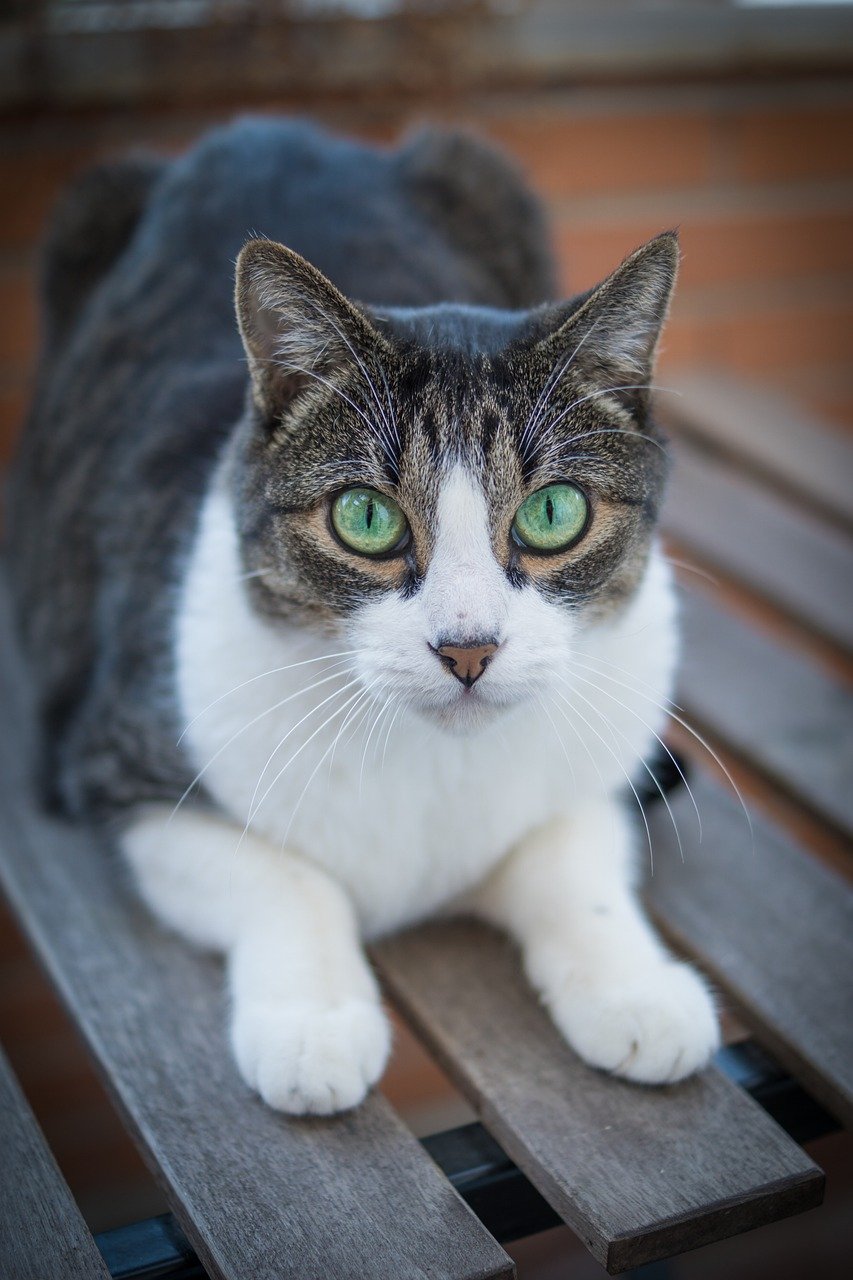
Cats are famously curious. If you’re moving around, you’re automatically the most interesting thing in the room. Your cat’s silent trailing is driven by the urge to know what you’re doing, where you’re going, and what might happen next. This is especially true if you’re carrying bags, opening doors, or rustling paper—every sound is a potential adventure. Your cat is the ultimate detective, gathering clues and staying in the loop without getting directly involved.
Territorial Awareness and Guarding

In the animal kingdom, territory is everything. Your home is your cat’s kingdom, and you’re a key inhabitant. By following you, your cat is subtly patrolling and making sure everything is in order. It’s a protective instinct, ensuring there are no threats in the environment. Even if your cat isn’t interacting, its presence is a silent assurance that all is well. Think of it as having your very own four-legged security guard.
Mimicking Pack Behavior

While cats are often seen as solitary creatures, in the wild they may form loose social groups. Following you around can mimic this kind of pack movement. You are the leader of your “pride,” and your cat instinctively wants to stay close for safety and social reasons. Even without direct contact, this behavior connects your cat to you and reinforces its place in the household hierarchy. It’s a quiet nod to your role as head of the family.
Respecting Boundaries While Staying Close
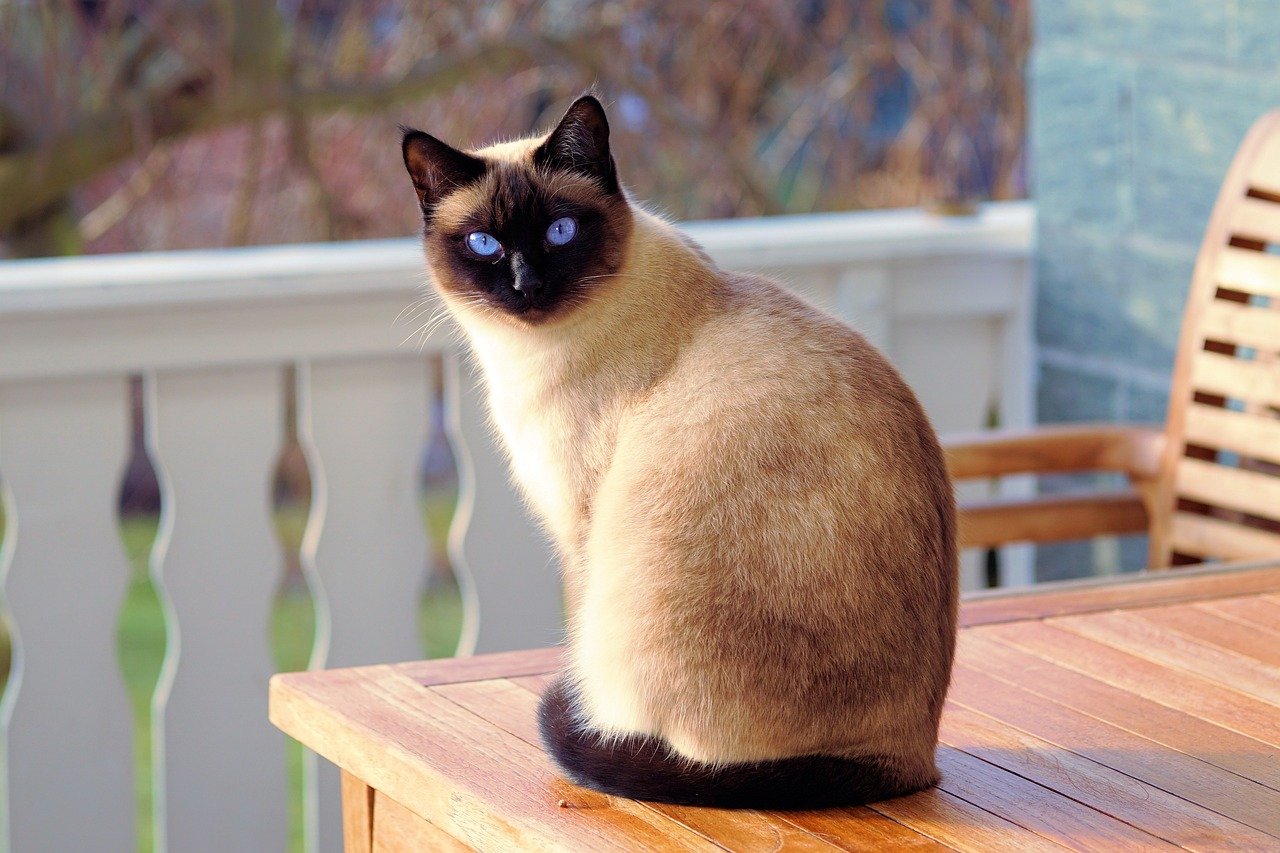
Some cats are naturally cautious, especially if they’ve had negative experiences with people or other animals. Following you at a distance is their way of being close without risking discomfort. They want your company but on their own terms. This respectful distance allows your cat to control its environment and avoid unwanted touch. It’s a compromise that honors your bond while respecting individual boundaries.
Testing Waters for Interaction

At times, following you can be a way for your cat to gauge your mood. Cats are surprisingly perceptive and notice subtle cues in your body language and tone of voice. By staying near but not engaging, your cat is testing the waters—ready to approach if you seem open, but prepared to keep its distance if not. This gentle approach helps build trust over time and lets your cat feel safe in your presence.
Enjoying the Comfort of Your Scent

Your scent is deeply comforting to your cat. By being near you, even without physical contact, your cat can enjoy the familiar smells that signal home and safety. This is especially important in multi-cat households or busy homes where other scents can be overwhelming. Your cat may follow you simply to bask in the calming effect of your presence. It’s a subtle, sweet way of staying emotionally connected.
Waiting for an Opportunity

Sometimes, your cat is just biding its time. Maybe it’s waiting for you to sit down so it can claim your lap, or for you to open a door it wants to slip through. This patient following is a sign of anticipation. Your cat knows that good things often come from being near you—whether it’s treats, attention, or new adventures. It’s a quiet optimism that something good is about to happen.
Maintaining Social Connection

Feline social bonds are complex. Even if your cat doesn’t want to be petted or played with, it still values the connection you share. Following you is a way to participate in your life, to be part of your world. It’s a soft reminder that your cat is always there, sharing your space and your story. This silent companionship is often the foundation of the strongest human-cat relationships.
Monitoring Health and Well-being

Cats can become more attentive if they sense changes in your health or mood. Some cats have been known to stay close to their humans during illness or stress, offering quiet support. If your cat is shadowing you more than usual, it might be picking up on something you’re feeling. This empathetic behavior shows how deeply attuned cats can be to their people, even without obvious interaction.
Responding to Environmental Changes
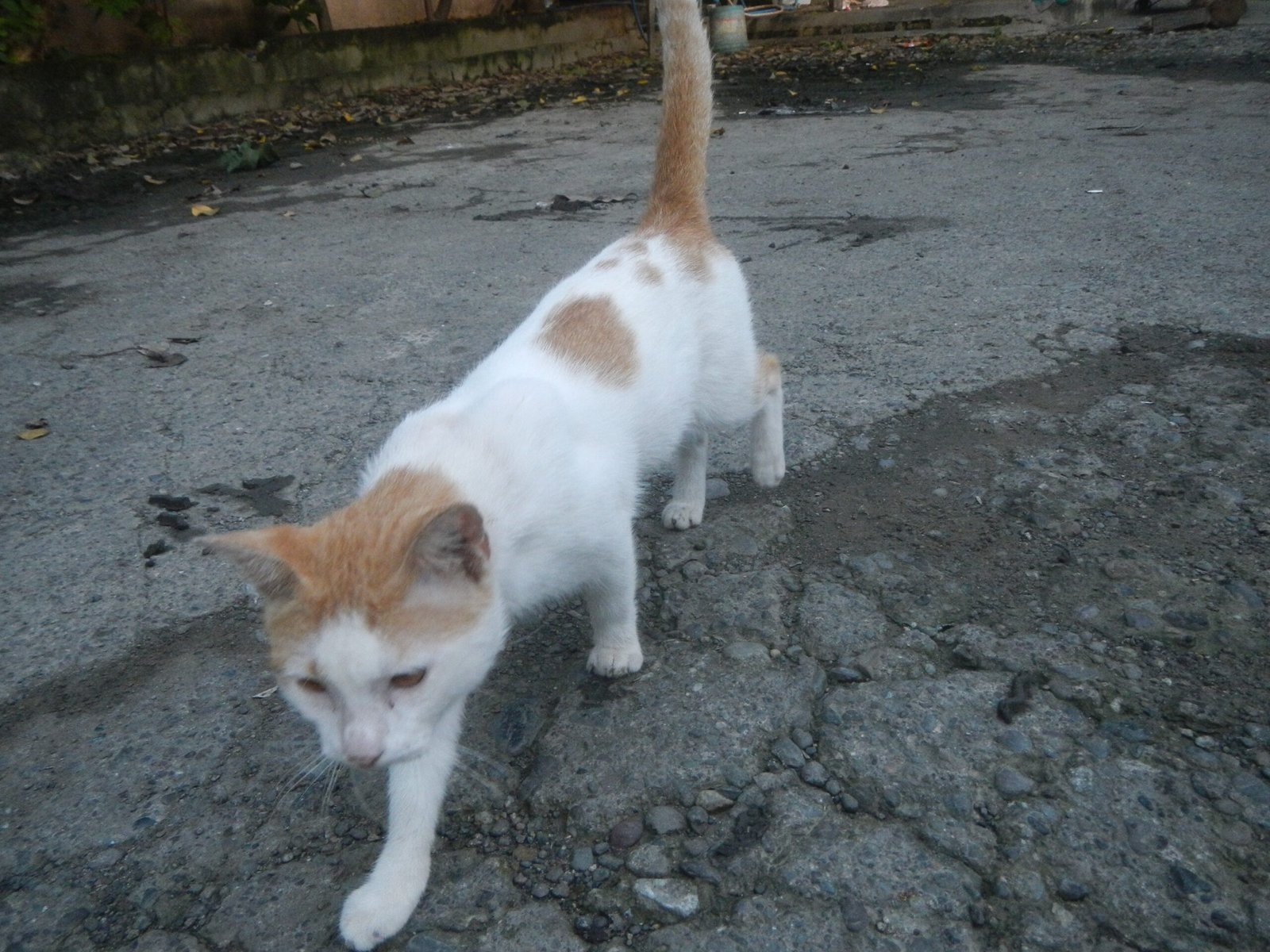
Changes in your home—new furniture, guests, or even a different routine—can make your cat more alert. Following you is a way to seek reassurance and stability during uncertain times. Your cat relies on your reactions to gauge its own response to new situations. This behavior is a blend of curiosity and caution, reflecting your cat’s adaptability and intelligence.
Avoiding Overstimulation

Some cats are sensitive to touch or noise, and too much attention can be overwhelming. By following you but not interacting, your cat gets the benefit of your company without risking overstimulation. It’s a self-protective strategy that lets your cat enjoy your presence while maintaining comfort. Understanding this can help you respect your cat’s needs and build trust over time.
Age and Personality Factors
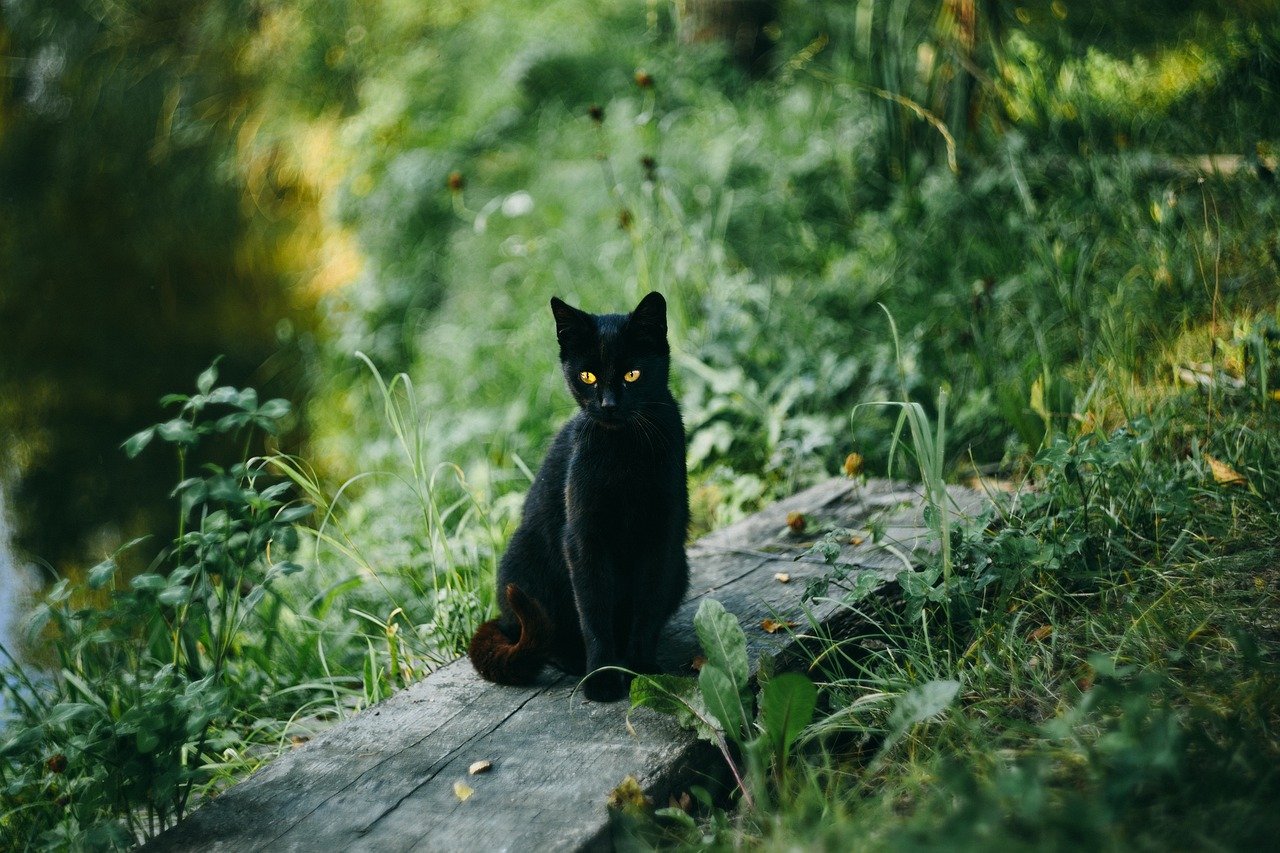
Kittens and older cats often have different reasons for following without interacting. Young cats may be shy or still learning social cues, while seniors might crave company but lack the energy for play. Personality also plays a big role—independent cats often prefer nonintrusive forms of companionship. Recognizing your cat’s unique traits helps you interpret its behavior more accurately.
Unspoken Communication

Cats communicate in subtle ways, and following you is part of their silent language. This quiet presence can mean a thousand things—trust, curiosity, affection, or even a request. Learning to read your cat’s body language and habits helps you understand what it’s trying to say, even without meows or headbutts. It’s like having a conversation without words, built on mutual understanding.
Past Experiences and Socialization

A cat’s history shapes its comfort with people. Cats that were not handled much as kittens may be more reserved, choosing to observe from a distance. Similarly, rescue cats or those with traumatic pasts may crave nearness but fear direct interaction. Patience and gentle encouragement can help these cats feel safer over time. Every step closer is a small victory in trust.
Stress or Anxiety Influences
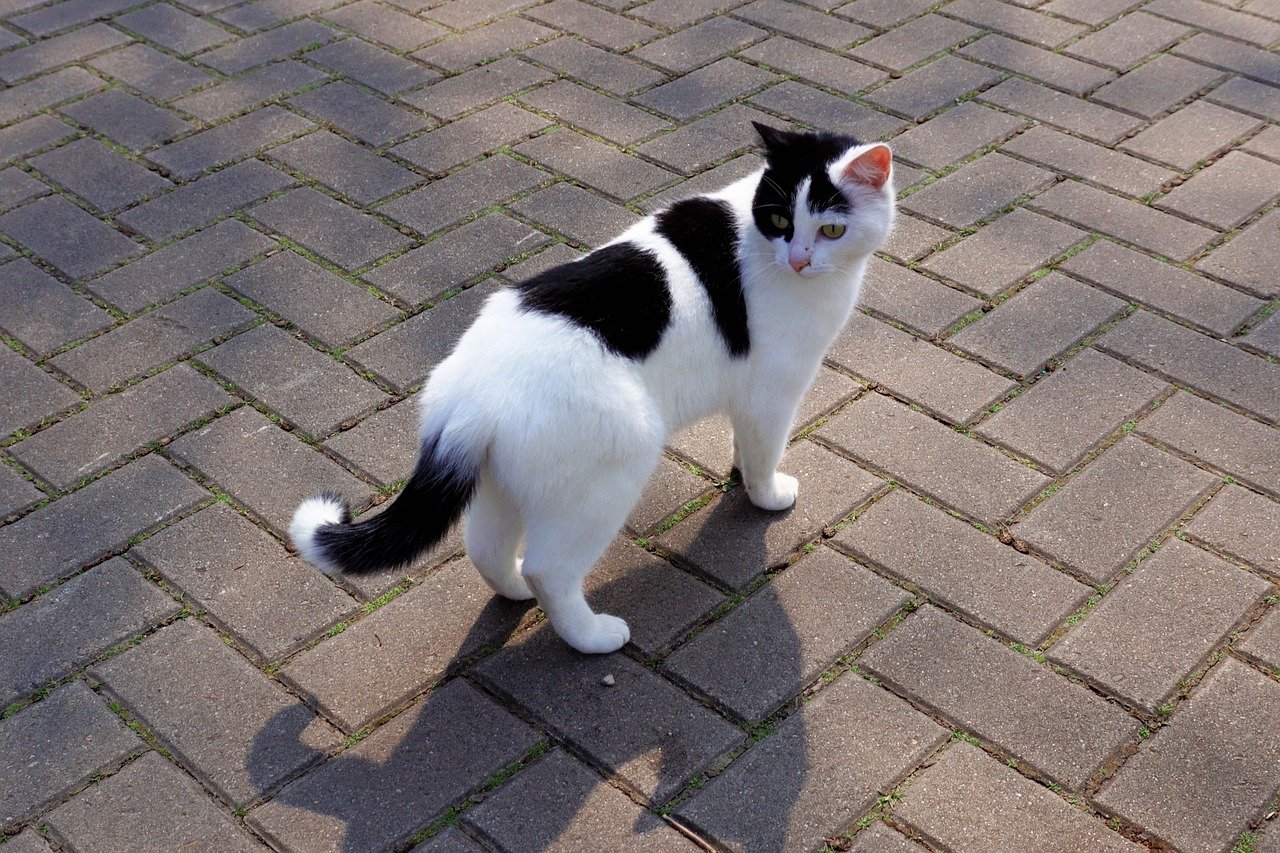
Stressful situations can make cats more clingy yet withdrawn. If your cat suddenly starts following you but avoids contact, it might be feeling anxious. Changes like moving, loud noises, or conflicts with other pets can trigger this behavior. Your calm, steady presence is a source of comfort, even if your cat isn’t ready for cuddles. Being patient and observant can help your cat feel more secure.
Food and Resource Motivation

The promise of food is a powerful motivator. Your cat might follow you around the house, especially near mealtimes, in hopes that you’ll fill its bowl. Even if it doesn’t interact, it’s watching for signs that something tasty is coming its way. Food-motivated behavior can look like affection, but it’s really about anticipation and routine. Understanding this can help you manage your cat’s expectations and avoid unwanted begging.
Enjoying the Ritual of Togetherness
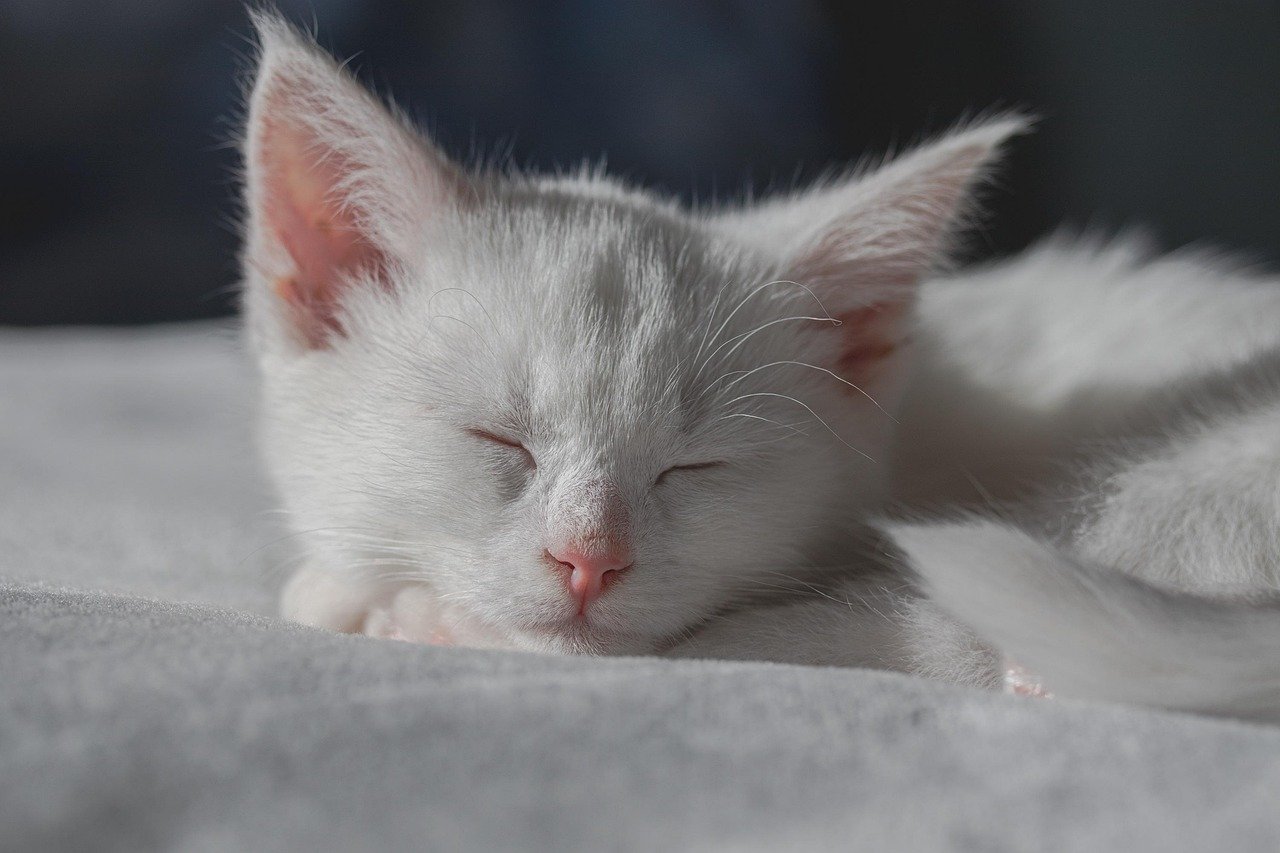
For many cats, simply being part of your daily routine is deeply satisfying. Following you from room to room becomes its own quiet ritual—a way to share life without words or fuss. This habit reflects the deep bond between humans and their feline companions. Even in silence, your cat is saying, “I like being with you.” It’s a gentle, enduring act of love that needs no explanation.
Hi, I’m Bola, a passionate writer and creative strategist with a knack for crafting compelling content that educates, inspires, and connects. Over the years, I’ve honed my skills across various writing fields, including content creation, copywriting, online course development, and video scriptwriting.
When I’m not at my desk, you’ll find me exploring new ideas, reading books, or brainstorming creative ways to solve challenges. I believe that words have the power to transform, and I’m here to help you leverage that power for success.
Thanks for stopping by, Keep coming to this website to checkout new articles form me. You’d always love it!






